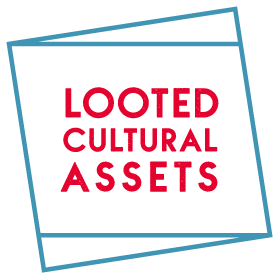What are Nazi-looted assets?
Nazi-confiscated cultural property – more precisely, cultural property expropriated in the context of Nazi persecution – comprises cultural assets that were confiscated from citizens and institutions persecuted for racial, political, religious, or ideological reasons between 1933 and 1945. The main victims of Nazi looting were the members of the Jewish population within the German Reich as well as within all territories occupied by the German Armed Forces during the Second World War. Their assets were extorted. based on discriminatory laws and ordinances, confiscated by force, or had to be sold under the pressure of persecution. Nazi loot, by contrast, is cultural property that was relocated during the war, and that includes such cultural property as was illegally looted during WW2 and brought to Germany from a conquered territory in violation of international law. Article 56 of the Hague Land Warfare Regulations of 1907, among other regulations, is the legal standard relevant here.
That conceptual distinction is irrelevant for the actual research work; however, the two terms are tied to different sets of legal conditions for the restitution of cultural property. Cultural property is not limited to valuable art objects in museums, it also includes the holdings of libraries and archives. For the original owners and their heirs, these objects represent an important non-material value. These objects can connect us to the Nazi victims or to our own family histories.
